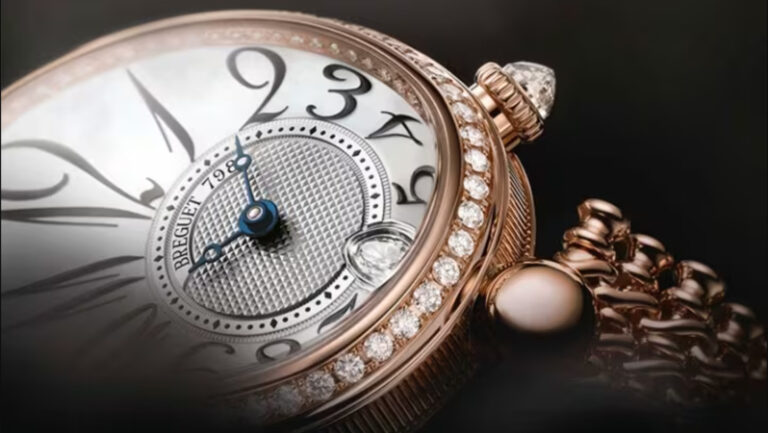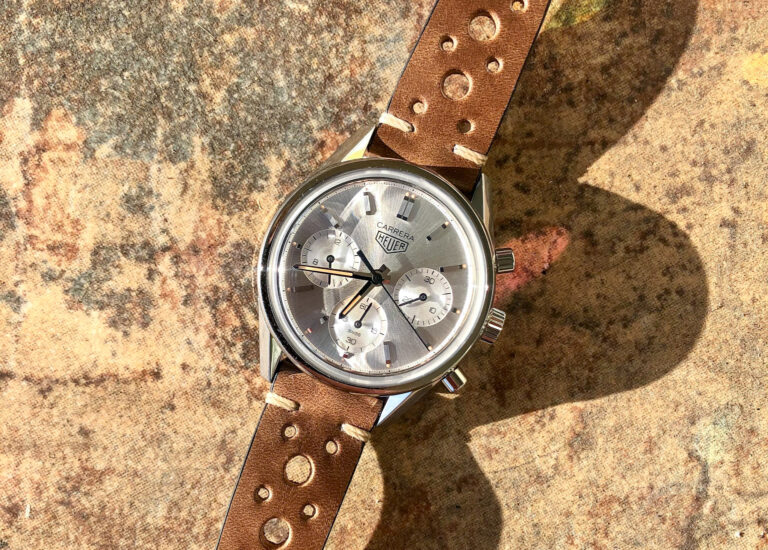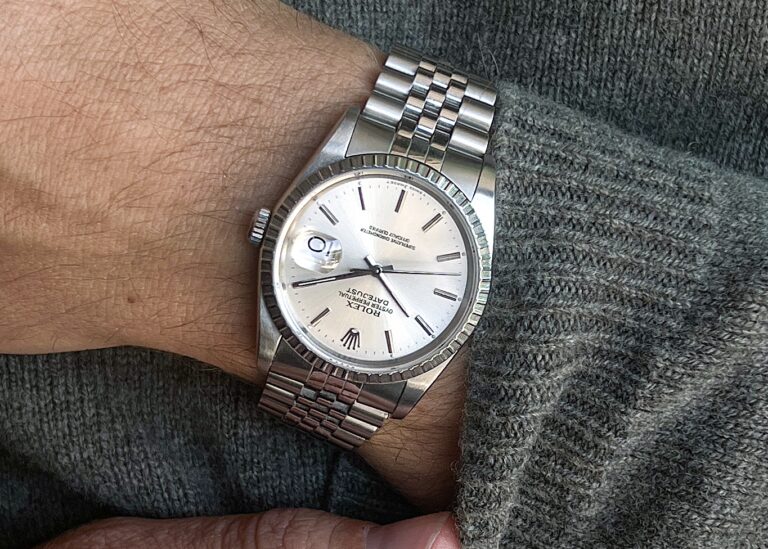Everything You Need to Know About the NATO Watch Strap
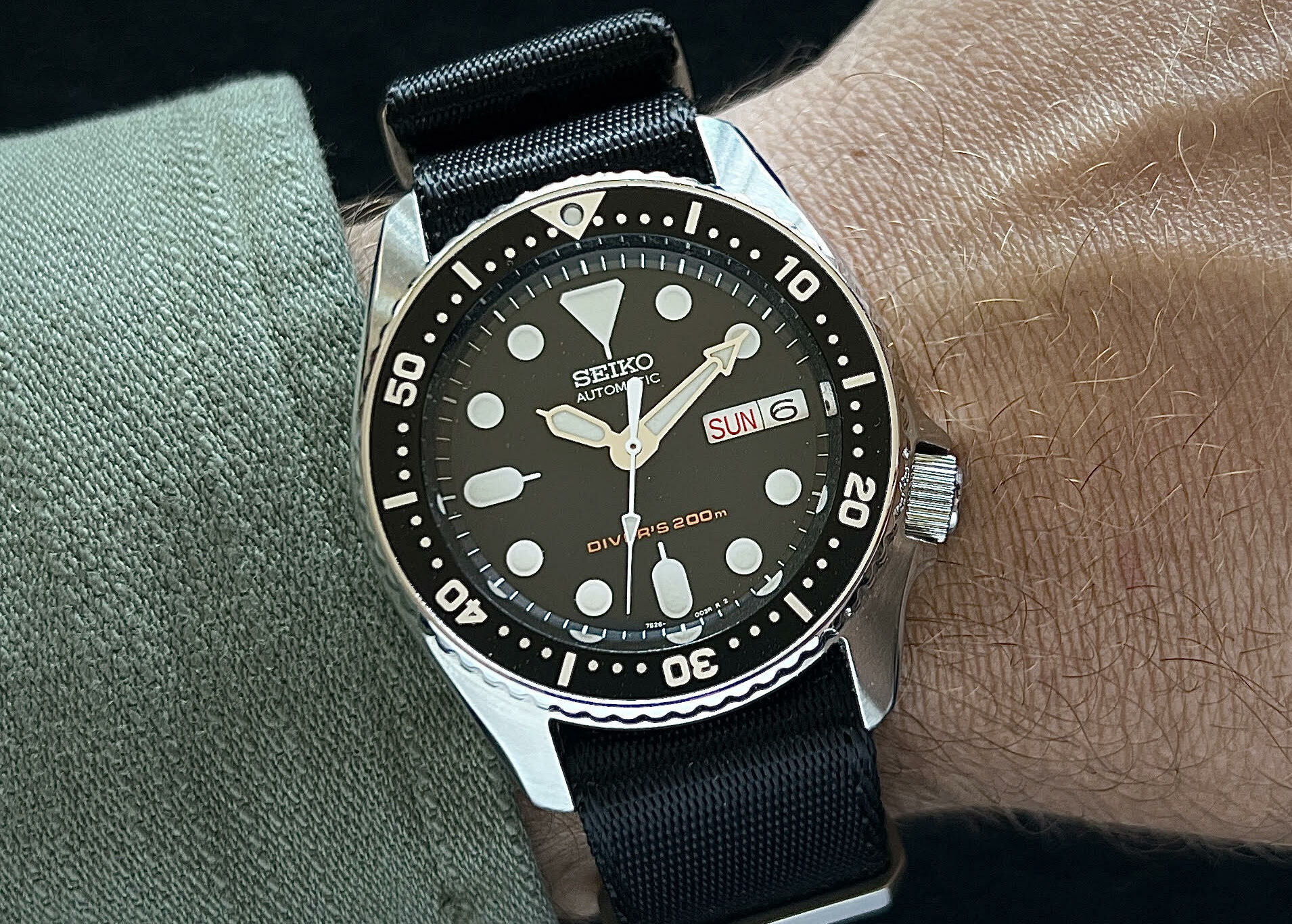
The NATO watch strap is ubiquitous in the watch world and is perhaps one of the most polarizing strap options available. Some love them, some loathe them, but there’s no denying that they’re one of the best bang-for-your-buck transformations you can apply to a watch.
A $15 investment can promote a watch that has lost its place in the rotation to an everyday piece, and they get along with a variety of watches, from a Rolex Datejust to the Seiko SKX. While NATOs are typically a cost-friendly option, their popularity has some of the more prestigious brands taking notice, with Omega charging upwards of $350(!) for some of their factory NATO bands.
What is a NATO Strap?
The NATO watch strap was originally developed for military use by the British Ministry of Defence in the 1970s. It was initially issued exclusively in 20mm in dark grey. The official specifications of the military-issued straps were:
- “Straps shall be supplied with the joints, buckle and loops securely heat-welded in position. The end of each strap and the holes will be heat-sealed.”
- “The strap shall be of straight cross-weave nylon ribbon, free from additives which may act as an irritant to the wrist under humid or extreme conditions. The colour of the nylon ribbon (20mm wide) shall be BS 4800 card number 3, reference 18B25, colour grey.”
Where Did the NATO Watch Strap Get Its Name?
The “NATO” namesake comes from the NSN (NATO Stock Number) used when ordering the strap. Because British Special Forces troops were required to fill out a form G-1098 to be issued the strap, it also became known as a G10 strap.
Why Wear a NATO Watch Strap?
There are several reasons to wear a NATO strap. In the modern era, NATO straps boast a mix of fun and functionality as they are quickly interchangeable and provide a way to spice up or enhance the look of a watch within a few seconds.
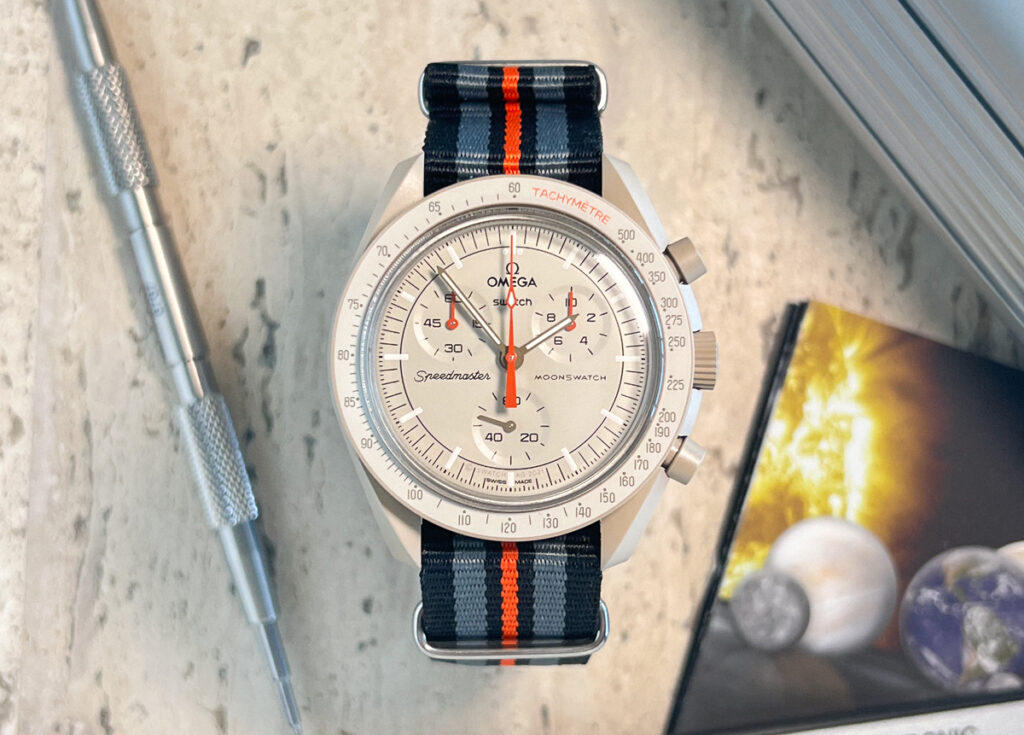
Divers and other adventurous types will find additional benefits from NATO straps if they’re taking their wristwear through the wringer. If you happen to lose a spring bar while wearing a NATO strap, the way it is affixed makes it so the watch will remain attached to the strap, and your wrist, by its other springbar. Alternatively, if a spring bar were to pop during a dive using a conventional strap, you may watch your Submariner sink into the depths of the abyss.
How Do You Put On a NATO Watch Strap?
A NATO strap can be added or removed in a matter of seconds, a major contributor to its widespread appeal. To start, remove your existing strap or bracelet, then put just the spring bars back into the head of the watch.
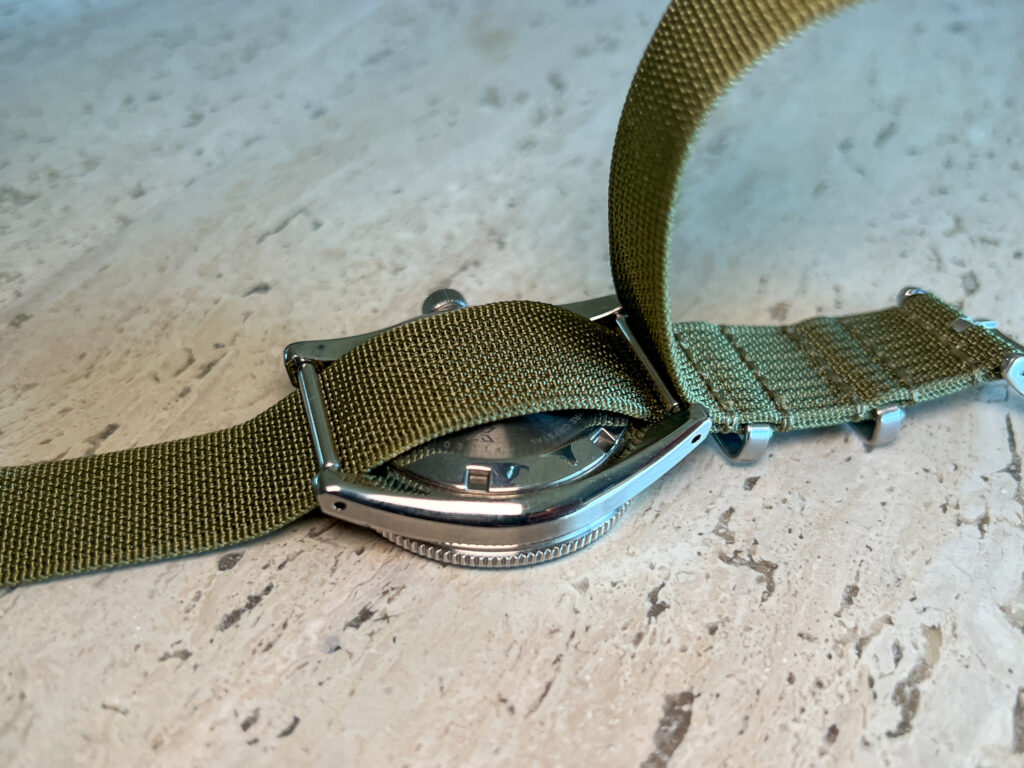
Weave the long end of your NATO strap through and under the spring bar at the top of the watch, then out from the spring bar at the bottom. Thread that long piece through the buckle of the smaller end of the NATO and pull tight. Congrats! You’re ready to take on the world.
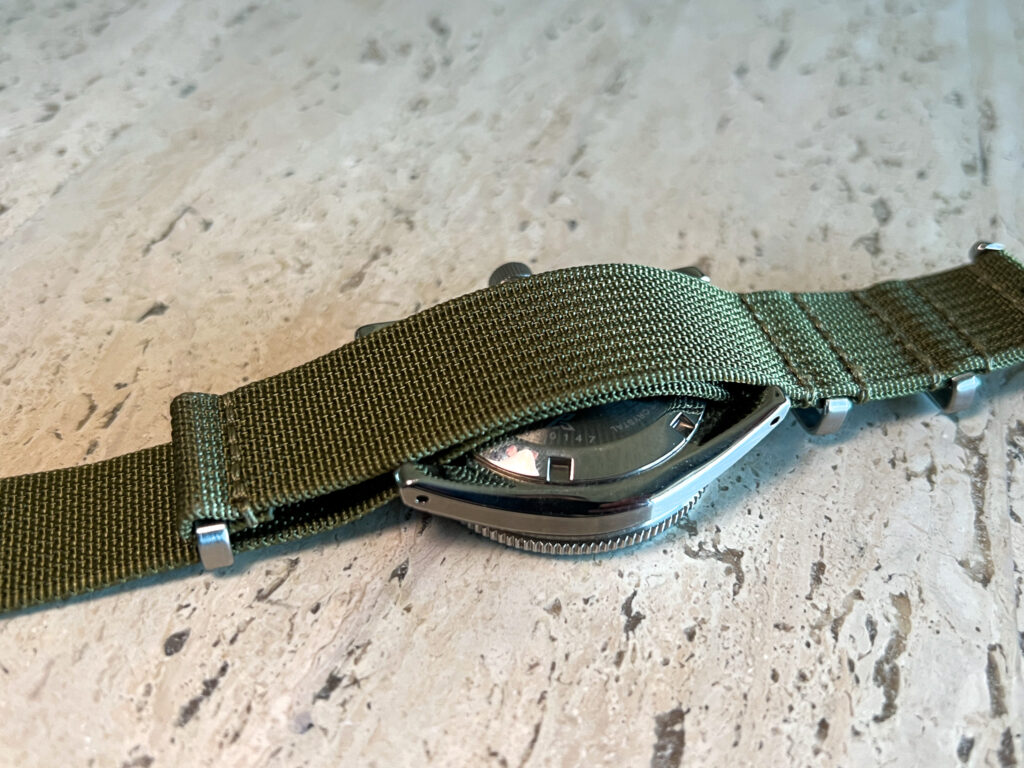
What Types of NATO Straps Are There?
While the original NATO strap was exclusively made from nylon, there are a wide array of options available on the market today. Band material aside, there are differences amongst manufacturers in the quality, size, and finishing of hardware. Personally, I lean toward the slimmest buckles possible, with a brushed finish.
Nylon
Nylon cross-weave is the original and “standard” version of the NATO strap. This is the most common type of NATO strap you’ll find available.
Nylon Seatbelt
Nylon seatbelt weave NATO straps are just that – constructed using the same nylon that is used to create automotive seat belts. These straps typically have a softer feel than typical cross-weave NATOs.
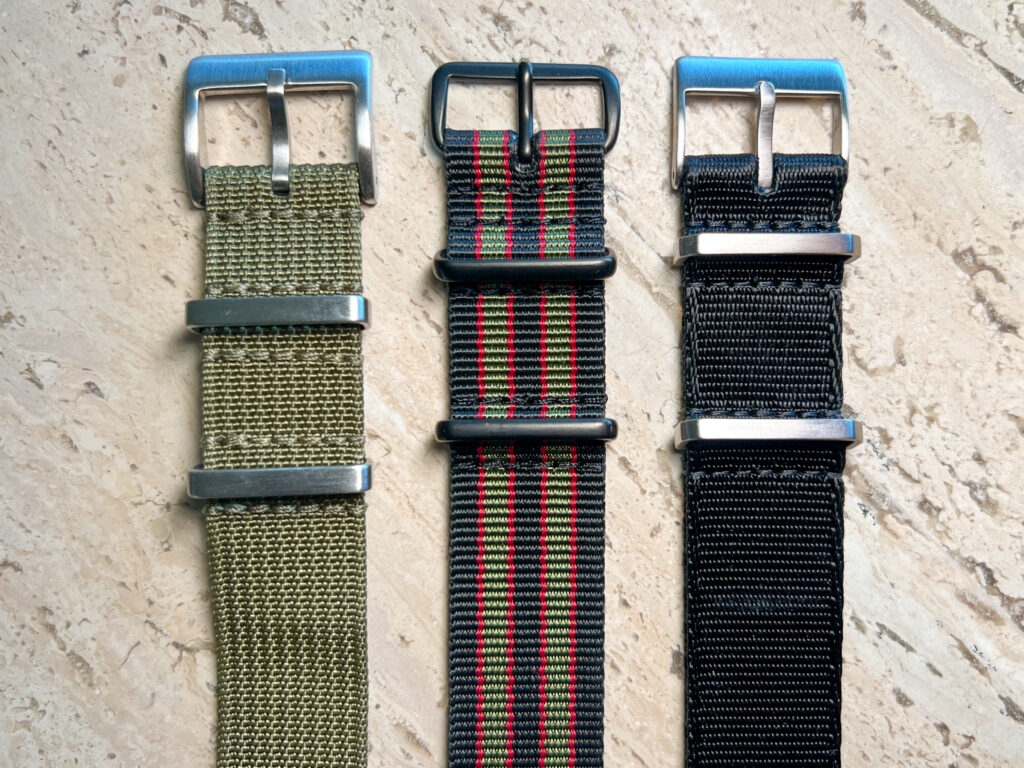
Leather
Leather NATO straps offer a more sophisticated take on the NATO strap. Offered by many manufacturers in almost any dye you can think of, these straps look great on chunkier, vintage watches.
Perlon
Perlon is a more flexible, breathable weave that provides a different aesthetic than a typical nylon strap. This type of weave is also offered in the NATO configuration.
What Are Alternatives to NATO Straps?
There are a few alternatives that are slight deviations but share the basic NATO principles. Notably, the following utilize the pass-through design of a NATO strap but are single-pass, without the second layer of a NATO. This makes for a slimmer, less bulky strap.
Zulu Straps
Zulu, or single pass straps are made from a single piece of fabric, in comparison to the NATO’s dual-layer construction. The fabric of a Zulu is typically thicker than the nylon of a NATO. Simply pass the strap through the spring bars and you’re good to go.
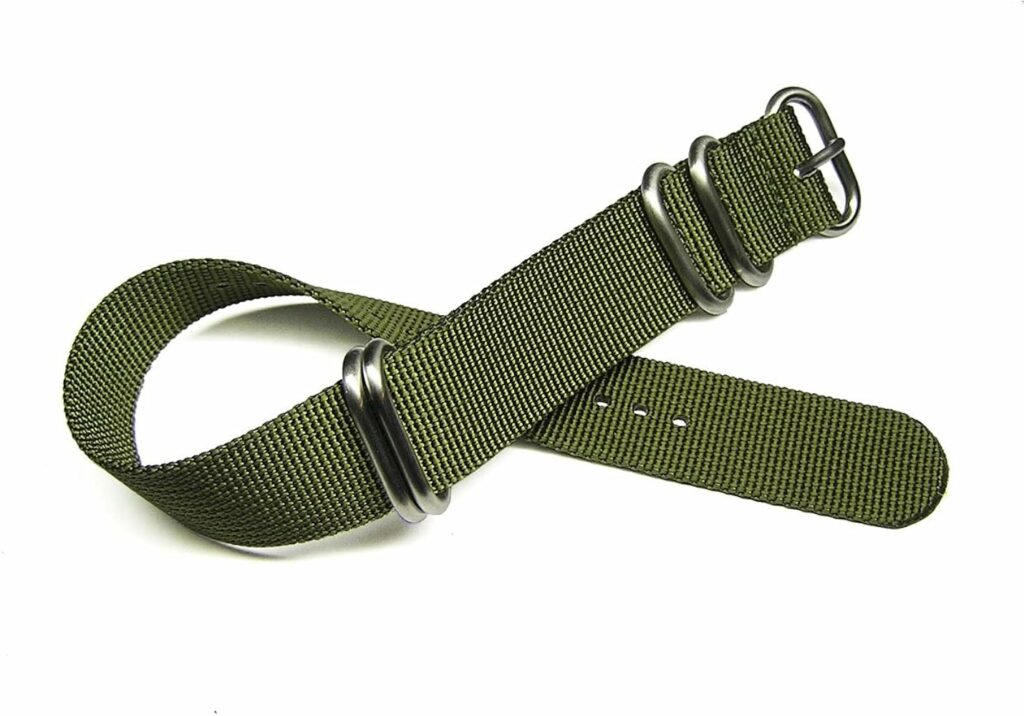
Parachute Straps
Parachute straps are made from elastic webbing that resembles that of parachute material, giving the strap a rugged, military look. Parachute straps are single-pass, much like Zulu straps, and are typically affixed with a metal clasp for a buckle.
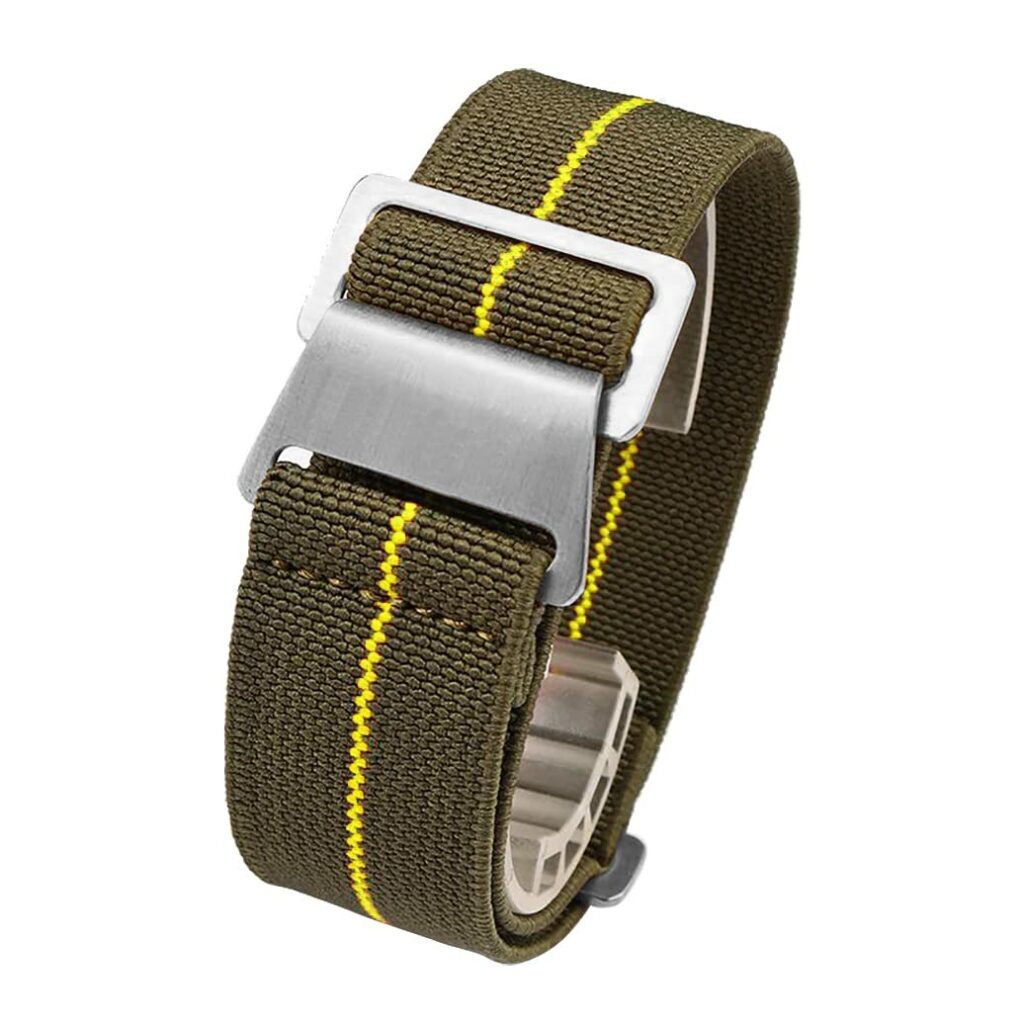
Conclusion
Need to breathe a little life into one of your watches but feeling limited by the standard offering of leather straps? Look no further than a NATO! We hope this guide helped answer some questions you may have had about this popular watch strap.

